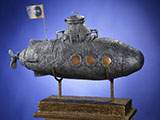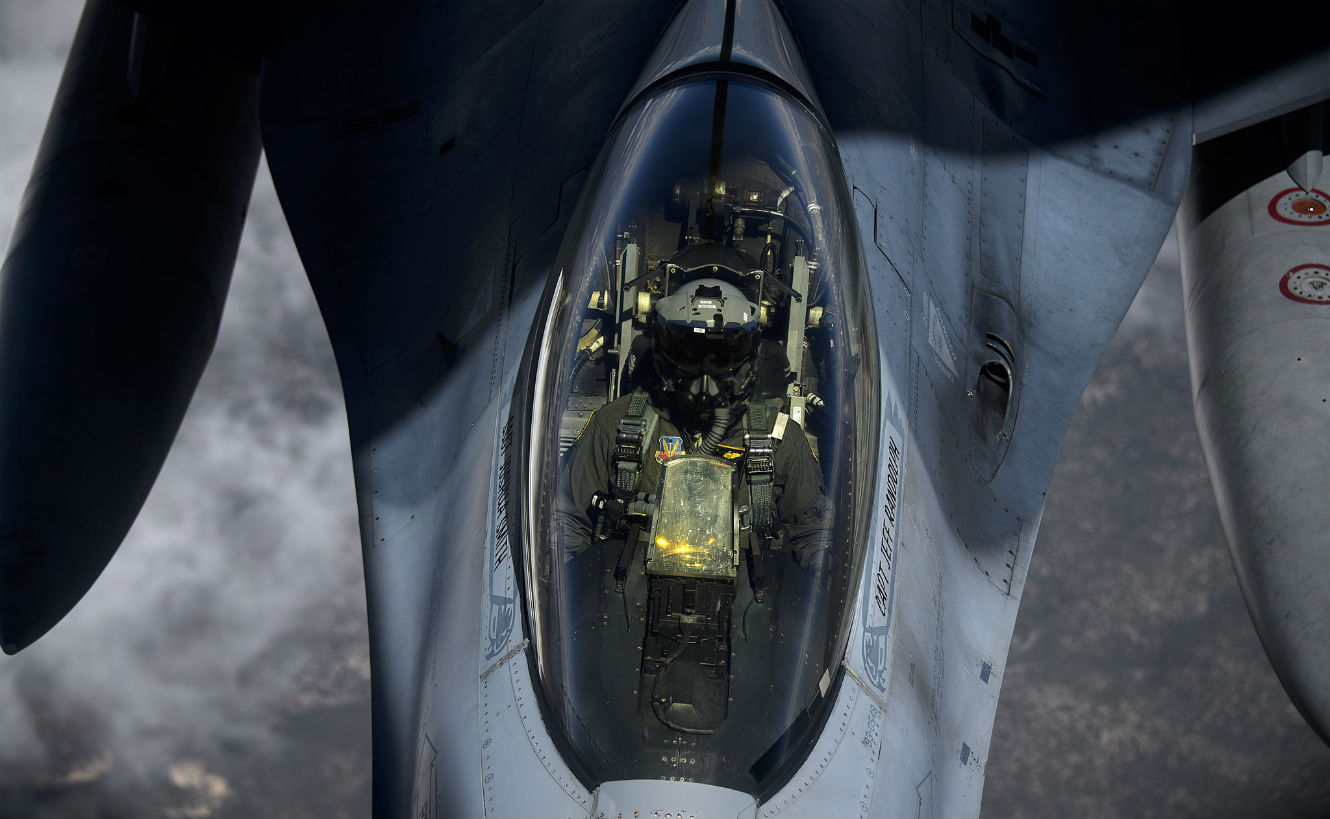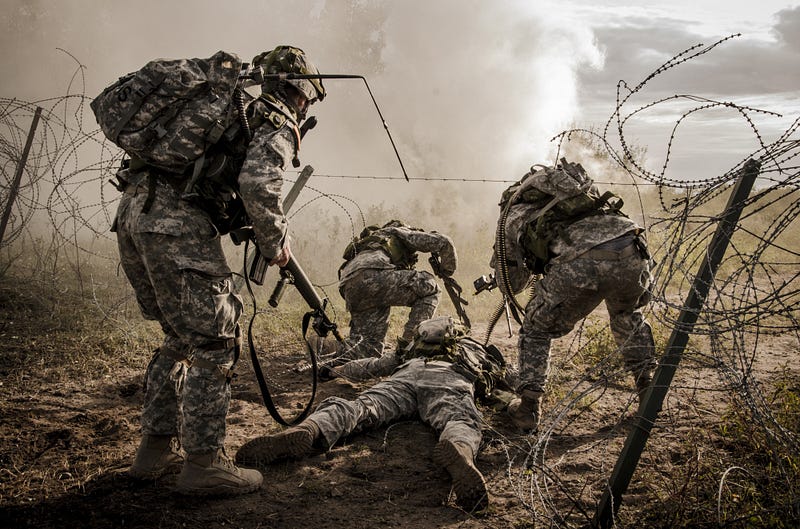What makes a president great isn’t what you think.
 There are four classes of people in Washington. There are those who research policy papers. There are those who write policy papers. There are those who present policy papers. There are those who throw away policy papers. Political power is in the hands of the latter. For those climbing the hierarchy of the policy-production industry – the think tanks, universities and government departments – writing policy papers is a serious attempt to create deep and comprehensive guidance for leaders. The issue is the relationship between policymaking and the presidency. On the surface, they are the same. In my view, they are at most indirectly connected.
There are four classes of people in Washington. There are those who research policy papers. There are those who write policy papers. There are those who present policy papers. There are those who throw away policy papers. Political power is in the hands of the latter. For those climbing the hierarchy of the policy-production industry – the think tanks, universities and government departments – writing policy papers is a serious attempt to create deep and comprehensive guidance for leaders. The issue is the relationship between policymaking and the presidency. On the surface, they are the same. In my view, they are at most indirectly connected.
One of the accusations against President-elect Donald Trump is that he is inconsistent or disengaged from the complexities of policymaking. That is probably true. However, it gives me an opportunity to consider the relationship between policymaking and the American presidency and, by extension, other political systems. I would argue that the idea that policy optimization is at the core of the presidency is incorrect. The president is not the U.S.’ chief administrative officer. He is a leader and manager of the political process. His job is to be a symbol around which a democratic society draws the battle lines of who we are. He must express his vision as something aesthetic, not prosaic. The president cannot spare time from his real job to craft policies. Successful presidents know that and hide it. Trump doesn’t try to hide it.




















